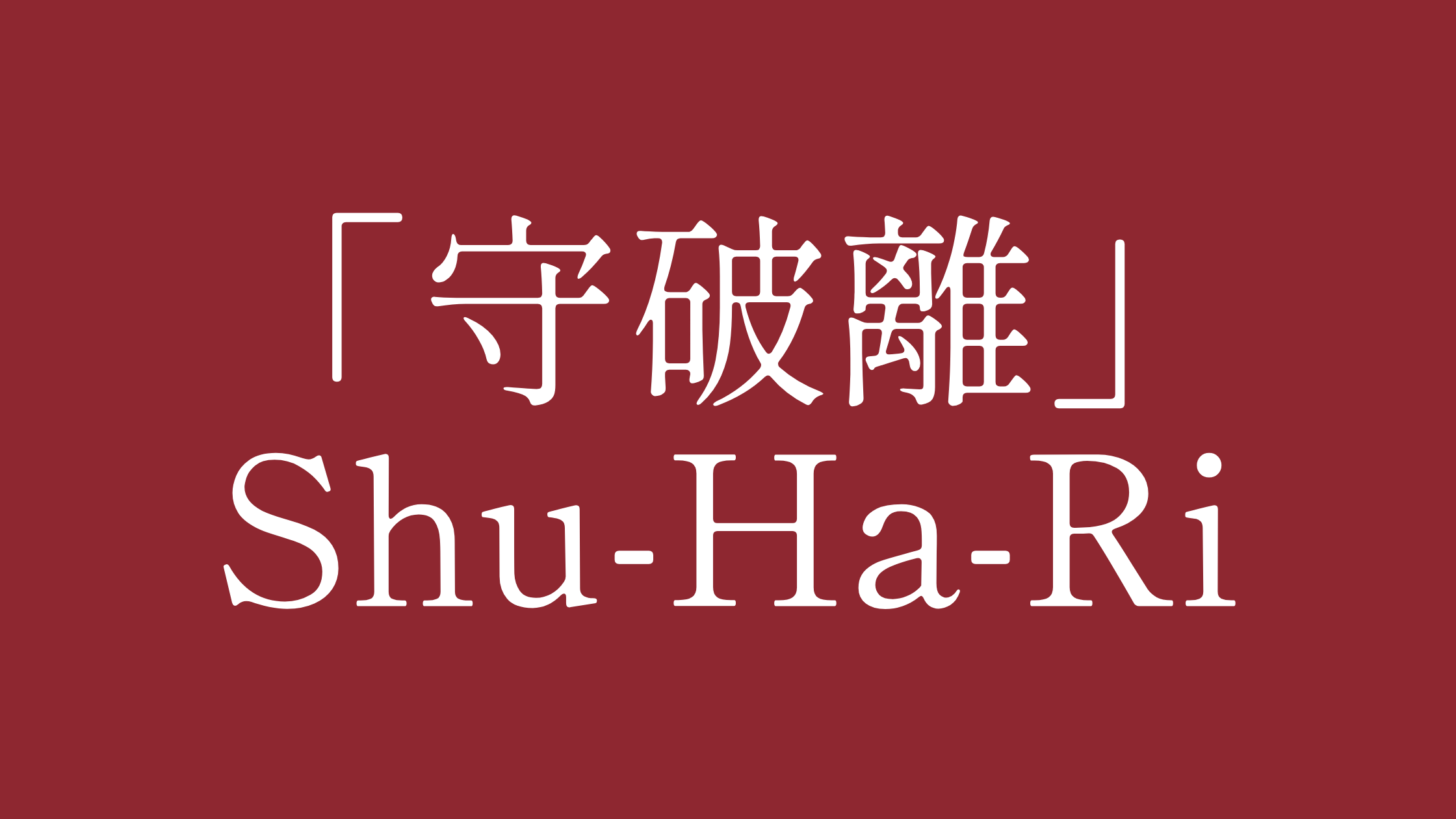
Shu-Ha-Ri describes a path of mastery and used to be practiced in traditional arts such as tea ceremony, calligraphy, martial arts etc. but now more widely used in business, sports or hobbies.
Shu-Ha-Ri is divided into three stages: Shu (follow), Ha (break through), and Ri (become autonomous).
Originating in Japanese martial arts and traditional teaching methods, Shu-Ha-Ri emphasizes that true mastery begins with disciplined imitation, progresses through exploration, and culminates in independence. This staged learning ensures both the preservation of proven methods and the encouragement of innovation.
In an organizational context, Shu-Ha-Ri can be seen as a framework for professional growth:
Shu – New hires: Employees start by following established processes, best
practices, and company culture.
Ha – Experienced employees: With more experience, they adapt processes to real- world situations and propose improvements.
Ri – Senior leaders: At this stage, they transcend existing structures, innovate
freely, and create new approaches that inspire others, while embodying the essence of what they first learned.
Anyone familiar with Japan will recognize that Shu-Ha-Ri reflects the strong Japanese focus on process rather than only results. At the Shu stage, faithfully following established processes builds discipline and quality. In Ha, employees learn to refine and adjust processes to fit new challenges. Finally, in Ri, senior leaders go beyond the existing rules, but their innovations are still rooted in a deep respect for the process that shaped them.
This ensures that creativity and independence never come at the expense of consistency and reliability.





